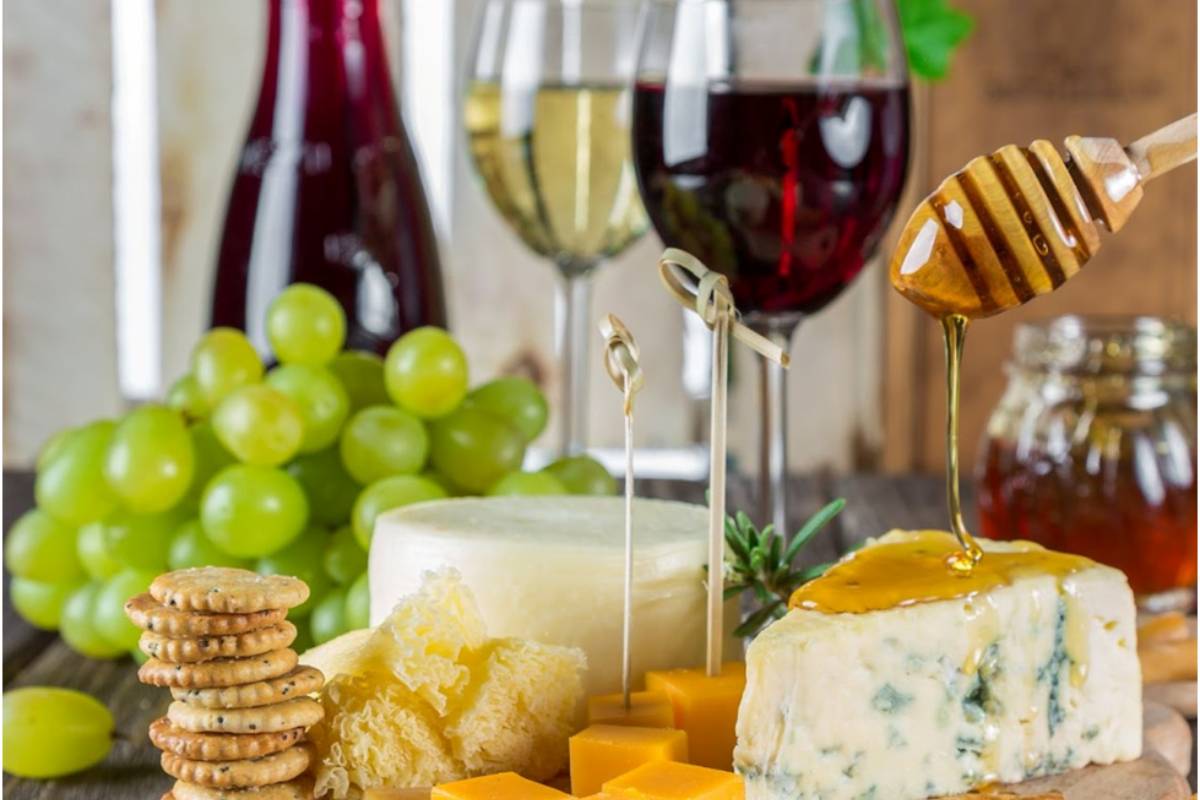The majority of people are concerned about the quality of their food or drink. Labels on food packaging do tell a story, but the manufacturing process has just as much to do with whether or not chemicals are present in various foods and beverages.
For different industries like pond filter system manufacturers, automotive, and even aerospace, fluoroplastics play a significant role in ensuring compliance with government standards for purity and safety. In the case of the food and drinks industry, high-quality polymers are essential for the safety of workers both inside and outside of the building where food and beverage processing takes place.
In food and drink applications, fluoropolymers’ custom ptfe parts are useful because of their sterile and non-stick properties and their ability to withstand high temperatures. Fluoropolymers are commonly used in the food industry for a variety of reasons. Have a look below to learn some of the top ones:
Table of Contents
1. Coatings With PTFE
Non-stick and low-friction coatings have played a critical role in the food industry since the invention of PTFE, also known as Teflon. It has long been common practice to coat cooking implements like waffle irons, bread pans, mixers, and beaters with PTFE. It prevents them from becoming too sticky or abrasive. In this way, the use of oils or other release agents can be significantly reduced or even eliminated.
PTFE coating can reduce the amount of cleaning required, as well as the frequency and intensity with which it must be performed. In addition to protecting the food from the component’s surface, it serves as a barrier. Both time and money are saved as a result of these combined efforts, saving both time and money.
2. Belt Conveyors
PTFE-coated belts and conveyors are used in the food processing and cooking industries to transport items like bacon, chicken, hamburgers, and eggs. The PTFE coating’s nonstick properties make it easy to remove food without a lot of mess. Using this method, commercial food processors can produce large volumes of food.
3. Dispensing Of Liquor
Hot beverage dispensing machines face a challenge because of the need for biologically harmless tubing and the high temperatures that occur intermittently over an extended period of time. FEP and PTFE are FDA-, NSF, and EU-compliant fluoropolymers that have been tried and tested.
Fluoropolymer materials provide smooth internal surfaces that reduce the buildup of residue. They’re not only FDA-compliant, but they’re also easy to maintain!
4. Putting Food Into Containers
Using safe materials is critical when it comes to food packaging and processing. PVDF, or Polyvinylidene Fluoride Fluoropolymer, is a popular food packaging material for several reasons, including its ability to withstand high temperatures.
Because of their high chemical, mineral acid, organic acid, and food preservative resistance, they are extremely stable materials. Besides that, they are free of toxins and are resistant to both bacterial and fungal invasion.
PVDF is used a lot in the food processing industry because it is resistant to chemicals even when temperatures reach 300 degrees Fahrenheit (or around 149 degrees Celsius).
5. Industrial Bakeware
Industrial bakeries rely on fluoropolymer coatings for high-quality coating solutions for their bakeware. This aids bakeries in boosting efficiency, as well as enhancing hygiene and safety. Using less butter and/or grease to keep the baked goods from sticking to their pans results in better-tasting final products as well.
6. Home Cookware Manufacturing
Fluoropolymers are widely used in the commercial sector, but they can also be found in our homes. From high-quality lights by some top led strip lights manufacturers to cooking utensils manufacturers, fluoropolymers are the best options.
Since the 1950s, when a French engineer began coating his fishing gear with Teflon to avoid tangles, nonstick pans have become a household staple. As a follow-up, his wife suggested coating her cooking pans with the same method. Founded in 1956, the Tefal company was the first to produce nonstick pans.
Furthermore, because of the ease with which they can be machined and coated, nonstick cookware is in high demand.
Fluoroplastics Food And Drink Applications
There are many top manufacturers that provide a wide range of PTFE, FEP, and PFA products to the food and beverage industry to ensure a safe and efficient workplace. The top applications include:
- Tubing that complies with FDA, NSF, and EU 10/2011 standards:
- Tubes that have been laser marked and printed serve as means of tracking and identification.
- Thermal and level sensor encapsulation: Consistent, accurate data
- To contain the glass fragments and keep food safe in the event of a breakage.
- Eliminating the cleaning process and ensuring minimal machine downtime with FEP roll covers is the goal.
Conclusion
No wonder fluoropolymers have become so popular in the food and beverage industry, given their strength and versatility. Many health organizations have recognized the inherent value of fluoropolymers as a gold standard in the food industry because of their high-temperature resistance and chemical resistance, nonstick and nontoxic surface.

